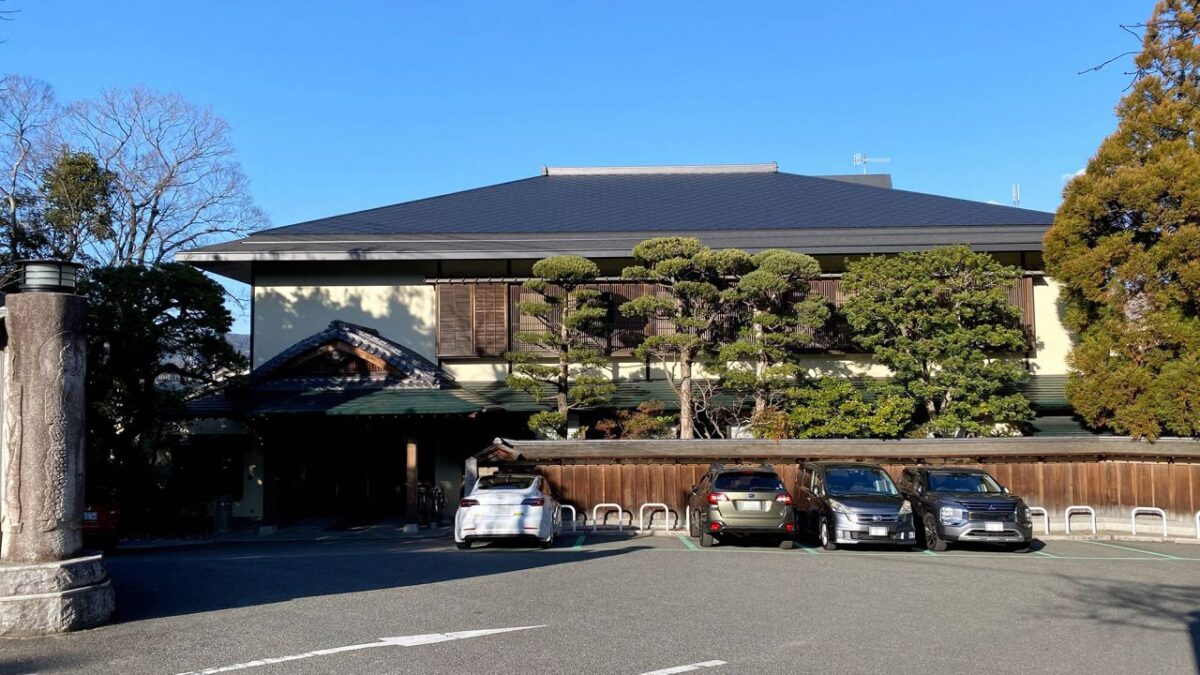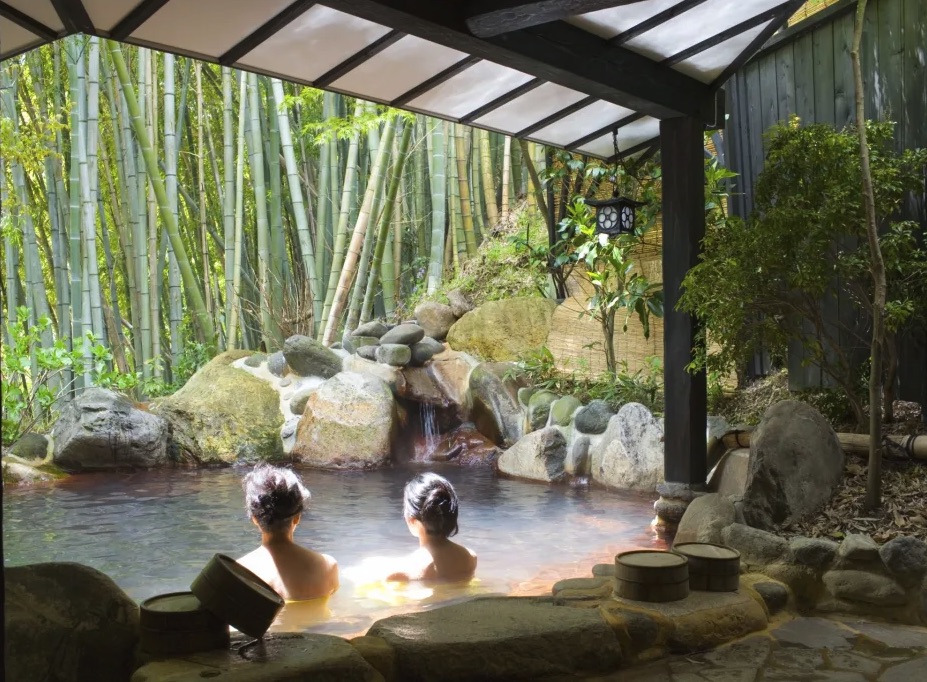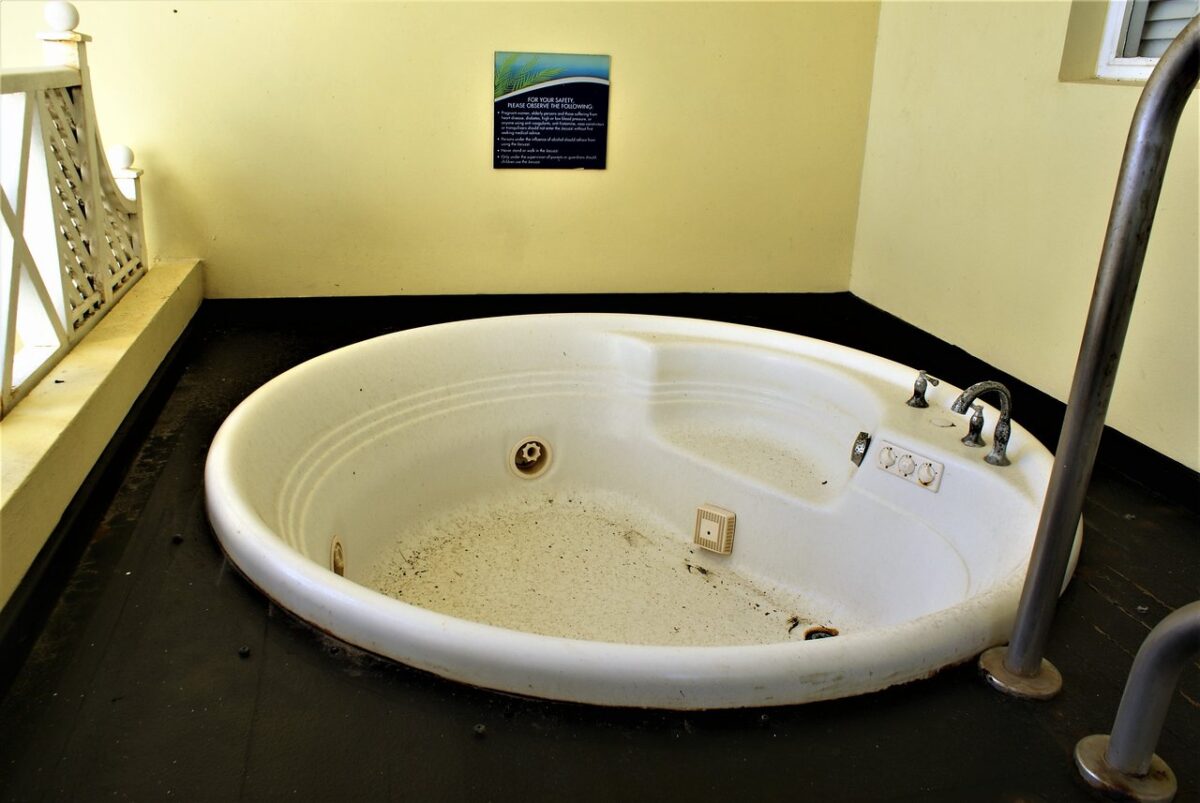Traditional Japanese bathhouses, known as onsens, have been promising rest, relaxation and restorative treatments to high-profile locals and tourists alike for centuries. One hotel boss, however, was forced to admit an embarrassing case of negligence on behalf of one of his guesthouses…
On the website of the bath and guesthouse in question, the establishment claims that “Our bath waters come from the Futsukaichi Onsen, which has been flowing for over 1,300 years, a symbol of the unchanging history of the area.” The guesthouse itself can claim similar longevity, having been open for nearly 160 years.
This long heritage brings with it a prestigious roster of former customers, having “been visited by government dignitaries and priests for centuries”, who reported the “soft and smooth waters leave your skin feeling supple and your mind at ease”.
With such illustrious and longstanding reviews, the Daimaru Besso inn in Chikushino had established quite a formidable reputation for itself and its waters which are believed to relieve “chronic joint pain, nerve pain, gastrointestinal issues, burns, skin issues.”
However, that was all set to change this week due to an embarrassing oversight by top-level management: a regulation health inspection of the onsen (a traditional Japanese bath filled with water sourced from volcanically heated hot springs) found that the baths were rife with deadly bacteria.

It’s safe to say that the baths weren’t just slightly over the mandated limit of dangerous bacteria either. The legionella bacteria identified by health services were found to be at 3700 times the permitted level, according to CNN.
Why? Because hotel staff were only changing the bathwater twice per year, despite regulatory guidance stating that bathwater should be changed no less regularly than once per week. Yuck.
Makoto Yamada, president of the company that owns the guesthouse, told press that not only had his team neglected to change the highly infectious water, but that they neglected to add chlorine to the water “because we selfishly disliked the smell of chlorine.”
RELATED: What I Discovered Cooking Myself In An Infrared Sauna
Yamada put the string of errors down to ignorance on the part of senior management: “I was not aware of the law myself and thought that legionella bacteria was a common bacterium that could be found anywhere, and also that it was safe because the large baths were free-flowing so the water was changed quite often.”

He then closed out by saying that he regretted the actions (or lack thereof, really) that had been taken, before bowing and adding “I am very sorry”.
Legionella bacteria can cause sickness when inhaled through small, contaminated droplets of airborne water. This leads to an infection of the lungs known as Legionnaire’s disease – a serious and potentially deadly type of pneumonia. Though it can be treated with antibiotics if caught quickly after infection.
Due to its transmission via water, the bacteria can often be found in fountains, water tanks, cooling towers, plumbing systems, or – as is the case here – shower heads, hot tubs, and faucets.
In light of this discovery, the baths were briefly shut down but have now returned to business as usual, with Yamada telling press that he had used the baths himself since reopening in a long overdue effort to clean up his act. We won’t be joining him so quickly…
